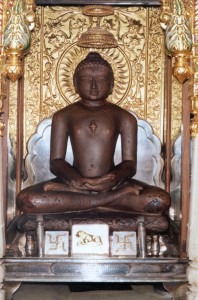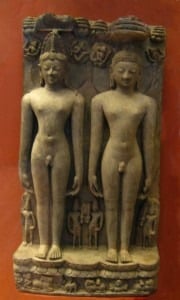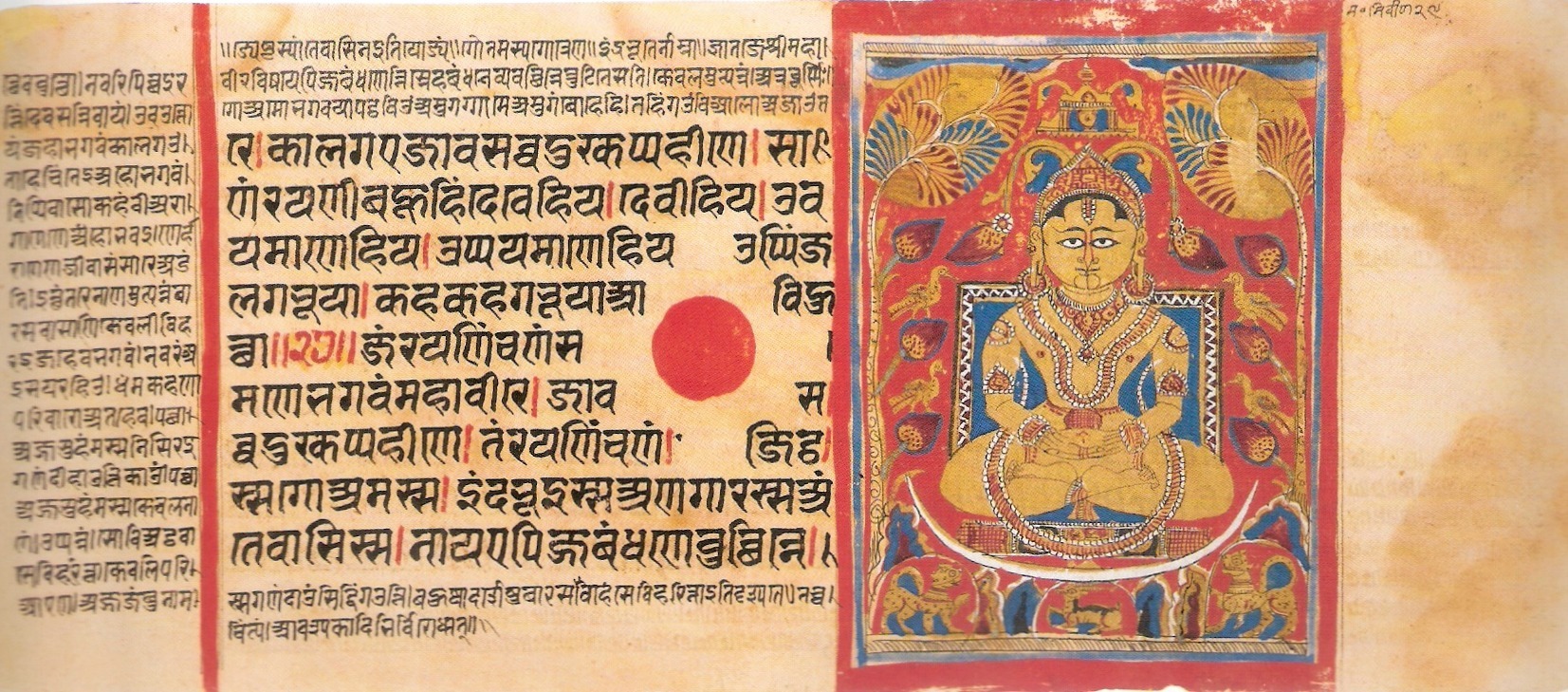The Founder of Jainism
Mahavira or Varhamana was the 24th and last Tirthankara (person who has conquered Samsara) of Jainism, therefore the founder, or reformer of the Jain religion. Mahavira, like the legends of the

buddha, was born into a royal family in Bihar, India. The name Mahavira means great warrior, though in youth Mahavira received what he desired, his father being the king. Some traditions state that he was celibate, some that he married, but most agree that he was born in 599 BCE achieved moksha in 527.
Mahavira spent 30 years traveling through India to teach his philosophy with eight cardinal laws. Mahavira abandoned his royal life at the age of thirty. Over the next twelve years, Mahavira honed his senses and killed his desires so that he became all-knowing and all-seeing in the eyes of his disciples. He taught that pursuit of pleasure is endless, equanimity of mind, and self-restraint as a means to obtain enlightenment of the greater population. At the age of 72, in 527 BCE Mahavira died and is said to have obtained nirvana.

Mahavira taught 8 core tenets, which correspond to other teachings you are likely familiar with in the aim to increase quality of life. The eight teachings are: ahimsa (giving the highest respect and most possible kindness to each being), Satya (truthfulness, which leads to confidence), Asteya (non-stealing, one should not take anything if not properly given), Bramacharya (control over sexual pleasure), and Aparigraha (non-attachment). Sound familiar? These are the 5 yamas, or the first limb of yoga. It’s interesting to think that the two religions overlapped, but in truth, all religions do in one way or another.
Mahavira was intensely intellectual and even the Buddha is argued to be one of his mentors. He paved the way for all of Jainism and for the religions of India to flourish during the next hundreds of years. He taught a philosophy of enlightened society that was influential and coincided with traditions that would last India until the modern-day.

